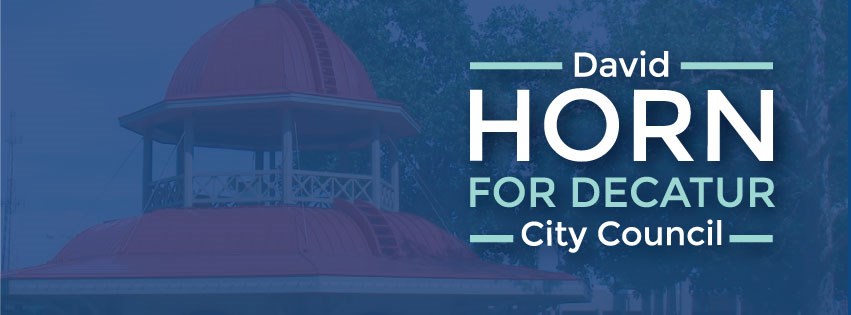
A snapshot of Decatur before and during the COVID-19 pandemic
Each year, the U.S. Census Bureau publishes “QuickFacts” for all states and counties, as well as cities and towns with a population >5,000. Recently, the QuickFacts for Decatur, IL were released providing the opportunity to compare characteristics of the city and its citizens before and during the pandemic.
POPULATION AND LABOR FORCE CONTINUED TO DECLINE
On July 1, 2019, Decatur’s population was estimated at 70,746 and on July 1, 2022 it was estimated at 69,097 (-2.3%). Compared to IL and U.S averages, the city is more diverse with nearly a third of residents (31.7%) being persons of color and the city is older with 20.1% of residents being at least 65 years old (based on 5-year estimates from 2022 American Community Survey). The percentage of Decatur’s population over the age of 16 in the labor force has declined from 57.7% from 2015-2019 to 56.7% from 2018-2022 and the percentage of females over the age of 16 in the labor force declined from 53.9% to 52.7%. These percentages are below the national averages of 63% and 58.5%, respectively.
HOME PRICES HAVE RISEN BUT SO HAVE COSTS
Decatur has seen an increase in housing prices, with the median value of owner-occupied housing units rising from $83,000 from 2015-2019 to $96,800 from 2018-2022 (16.6%). By comparison, the median value of an owner-occupied housing unit in the U.S. was $281,900 from 2018-2022. Accompanying the increase in housing prices in Decatur has been an increase in costs, with the median monthly owner costs for those with a mortgage rising from $959 to $1,112 (16.0%) and median gross rent rising from $683 to $770 (12.7%). In the U.S., the median monthly owner costs for those with a mortgage was $1,828 and median gross rent was $1,268.
INCOME IS INCREASING AND POVERTY IS DECREASING
Median household income has increased from $42,701 from 2015-2019 to $49,039 from 2018-2022 (14.8%) but remains below the national average of $75,149. Poverty decreased from 22.1% to 19.5% but remains above the national average of 11.5%. The percentage of high school graduates has increased from 88.5% to 90.9%. The percentage of individuals with a Bachelor’s degree or higher has increased from 20.1% to 21.4%, but lags behind the national average of 34.3%.
DECATUR CONTINUES TO FACE CHALLENGES
Data from the U.S. Census Bureau prior to the pandemic and during the pandemic show several of the challenges that Decatur continues to face including population decline and reduction of labor force. Furthermore, positive developments such as increased home values and increased income were offset by increased costs of maintaining one’s home and substantial increases in inflation. While poverty has modestly decreased, it remains substantially higher than the national average. Knowing how Decatur’s population has changed in recent years can aid the Decatur City Council in developing strategic goals for city government that will best help our citizens achieve their American Dream and improve our city for many years to come.
